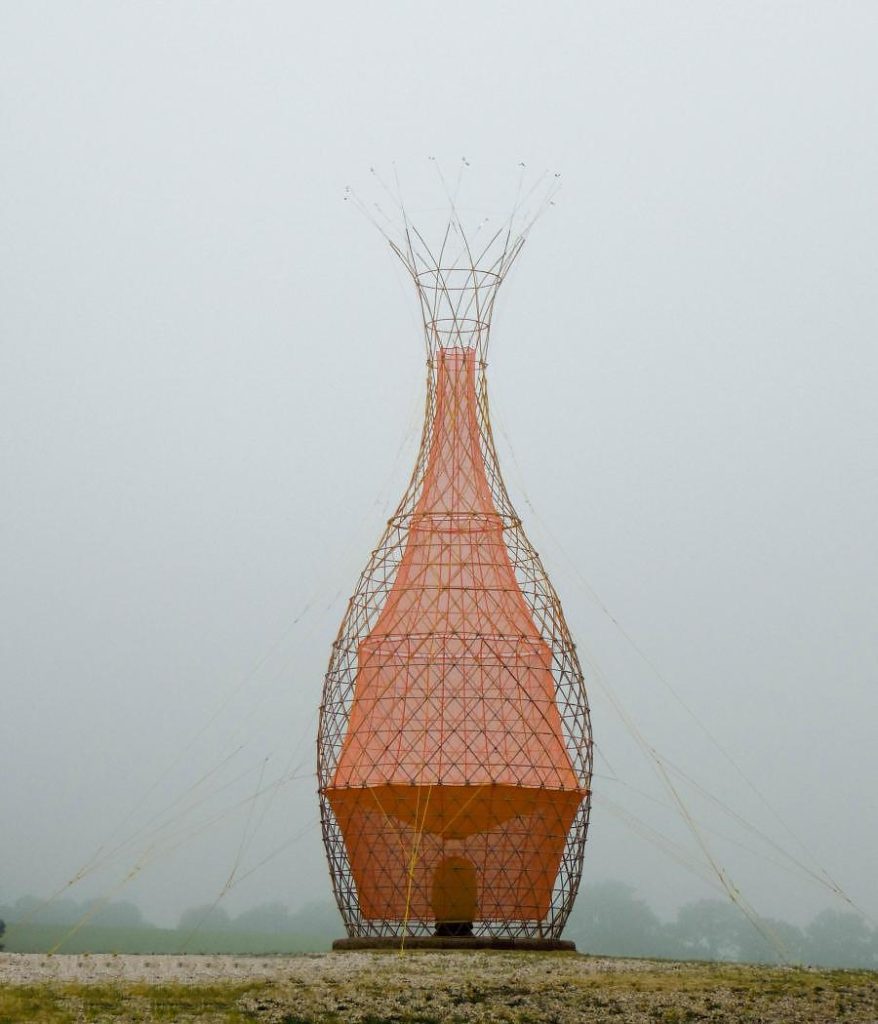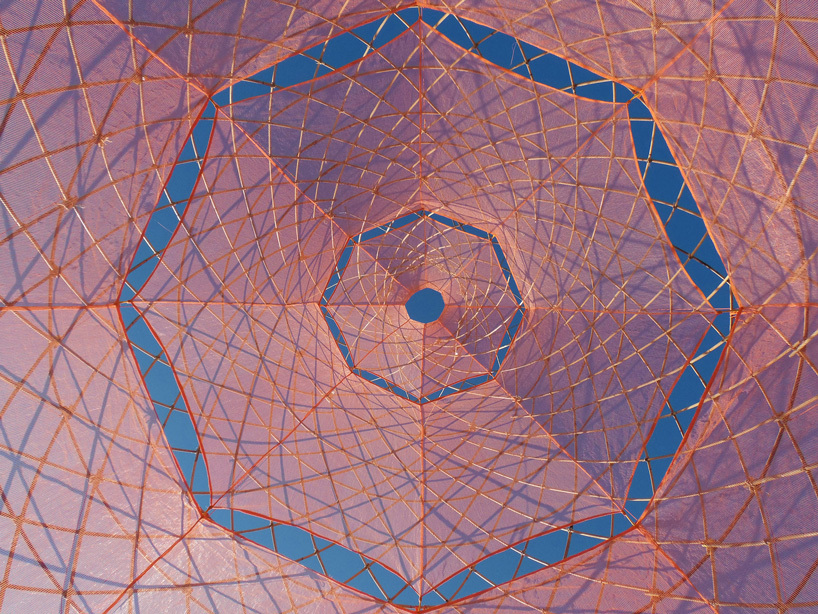In an era of escalating water scarcity and climate change, harvesting water from the air emerges as a potential solution. This concept, once perceived as science fiction, is becoming an innovative reality through the efforts of global researchers and companies. Intriguing technologies like the WarkaWater device and using metal-organic frameworks to extract water offer a glimpse into the future of sustainable water resources.
WarkaWater
Italian designer Arturo Vittori and Swiss architect Andreas Vogler, disturbed by water scarcity in Ethiopia, have created WarkaWater. Named after an Ethiopian fig tree, this device comprises a 30-foot bamboo frame with a fog-harvesting nylon net designed to optimize condensation and provide up to 26 gallons of water daily. Unlike previous attempts, WarkaWater is an affordable, low-tech solution, costing from $500 to $1,000 per tower and requiring no specialized machinery for installation. While it won’t solve all water issues, WarkaWater aims to incrementally improve water accessibility. Warka Water is also making impactful strides in bringing essential resources to isolated communities across the globe—from Haiti to India. They continue to adapt each project to local materials like palm leaves and are exploring multiple ventures addressing a wide range of community needs. Their modular W-solar system transforms Warka Towers into electricity generators, offering light and mobile charging capabilities. With W-garden, they’re utilizing harvested water for local food production, and W-toilet aims to improve sanitation and hygiene. Through Johnson and Johnson’s Caring Crowd campaigns, crowdfunding efforts offer a transparent and engaging way for supporters to contribute to this life-changing work. Truly, Warka Water is not just providing resources; they are building ecosystems for sustainable living.
Metal-organic Framework extracts water from the air.
In 2021, Prof. Laura Gagliardi of the Pritzker School of Molecular Engineering and the Department of Chemistry was part of a cross-institutional team of researchers from MIT and the University of California, Berkeley, developing a new technology that can extract water from air. Even in the driest place on the planet, tons of water molecules float overhead. Gagliardi and her team used theoretical and computational methods to better understand how the material worked at the atomic level. Now, Gagliardi’s team has helped guide the design of an optimized Metal-Organic Framework that absorbs 50% more water from the air than the previous version. The material will ultimately be incorporated into a device to demonstrate this potentially game-changing technology.
The MOF framework consists of tiny aluminum-based rods connected by “linker” molecules. This structure creates pores lined by alternating hydrophilic (water-binding) and hydrophobic (water-avoiding) pockets. These pockets are ideally suited for the initial binding of water—when the MOF is exposed to air, water molecules naturally bind themselves to it. Once the initial water molecules are bound, the following molecules attach to the initial water molecules, resulting in a “sponge” full of water. However, the researchers wanted to increase the pore volume (allowing space for more water to be extracted from the air) while keeping the unique environment needed to attract the initial water molecules. The team also had to find the right sweet spot in design: water is required to bind to the MOF, but not too strongly, or it could never be desorbed or squeezed out of the sponge.
There are many ways to harvest water from the air!
Harvesting water from the atmosphere, like the moisture farming in “Star Wars,” isn’t pure fiction. Companies like Aqua Sciences have created devices for atmospheric water generation, often used in disaster relief. CEO Abe Scher explains that his machines use natural salts to extract water molecules from the air, also purifying the water in the process. These devices can be scaled up to counter droughts. Another water extraction method is through fog fences. Large cloth meshes capture water droplets from fog and store them in a tank. While this method could work in California, it relies on the variability of fog density. Water officials state that the most effective water solutions must be proven, cost-effective, and environmentally friendly. So, while many ideas are technically feasible, the focus is on bringing demand down to a sustainable level, mainly through conservation, stormwater capturing, and recycling.
Harvesting water from the air isn’t just science fiction—it’s happening now. We’ve seen machines using salts to pull water from the air, fog fences that capture droplets, low-tech towers like WarkaWater in Ethiopia, and even new materials like metal-organic frameworks that soak up water vapor. Sure, there’s work needed to make these solutions practical and affordable. Still, they’re all steps toward quenching the world’s thirst innovatively and sustainably. The future of water is up in the air—literally.
Checkout Aquaria World, their atmospheric water generators produce 24 – 2,600 gallons of clean water out of air per day.



Images are copyrighted by Arturo Vittori
